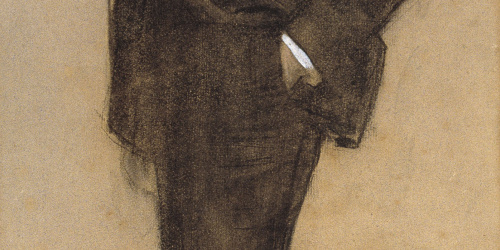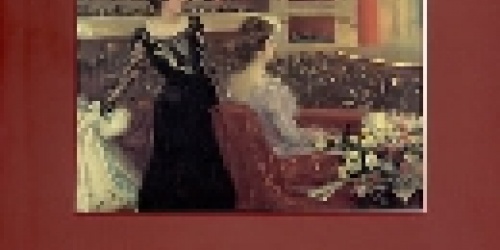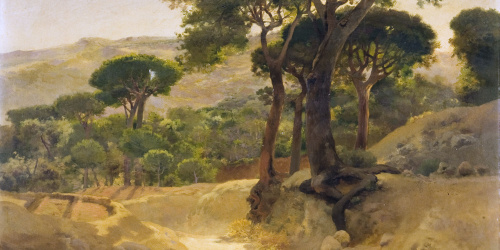Josep Masriera
Barcelona, 1841-1912


Catalogue that accompanied the exhibition of works by a lineage of artists who were originally silversmiths , branching out over several decades into painting, drawing, music, architecture, literary creation, history and set design, but above all else excelling as silversmiths and jewellers....
Read moreBarcelona, 1841-1912
The expanding European colonization of Africa, Middle East and Southeast Asia brought the mania for Orientalism into the Western world. Romanticized Eastern exoticism attracted western artists who actively used the Orient themes and motifs in visual arts, architecture, music and performing arts from the beginning of the XIX century.
Orientalism sneaked into the world of fashion design in the 1910s with new fabrics, like silk and chiffon, vivid colours and much more lithe, fluid and soft silhouette. These years are characterized with the popularity of flowing pantaloons, turbans, kimonos, tunics and hobble skirts.
Henri Privat-Livemont, Rajah, 1899
Marià Fortuny, The Odalisque, 1861
Henri Meunier, Thé Rajah, 1897
Ramon Casas, Atelier Casas & Utrillo, 1898
Utagawa Kunisada, Terutehime and Koshimoto Kaoyo, 1847-1848 and Francesc Masriera, After the Ball, 1886
Pere Casas Abarca, Esclave, circa 1900; Eugène Samuel Grasset, Exposition Internationale de Madrid, 1893 and Pere Casas Abarca, Fatima, circa 1900
Francesc Masriera, In the Presence of the Lord, 1891; Pere Casas Abarca, Extase, circa 1900 and Eduardo Chicharro, Woman with a Kimono in Profile, circa 1913-1925
Josep Tapiró, Berber Bride, circa 1896 and Joan Cardona, Woman Dressed Up, circa 1918
Pere Casas Abarca, Langueur, circa 1900 and Hermen Anglada Camarasa, Woman from Granada, circa 191
The "New Woman" cared not only about her appearance, but about education and her personal and professional development too. A larger number of women were winning the right to attend university or college. Some were obtaining a professional education, often at prestigious all-female colleges, and becoming lawyers, doctors, journalists and professors. Women finally went beyond the borders of the home and switched from the reproductive labor (housekeeping, cooking and child raising) to the productive work in economic sector. New activities demanded new, more suitable, clothes - the shirtwaists and tailored suits came into fashion.
The "New Woman" showed interest not only in enjoying and studying arts, but also in developing her talents in various artistic fields as a way of self-expression. Women changed the passive role for an active one: women actually created art pieces and a new generation of women artists had emerged.
Those avant-garde women were open to the radical changes and extraordinary solutions in fashion. They began to replace large hats with wide brims for smaller hats with flat brims. They introduced the bobbed hair in 1909, before it became a fashion trend of the 1920s, and often supplemented hairstyle with postiches, small individual wigs, curls, or false buns.
Do you want to know more?
Read more
Modernista Painting -- The Cercle del Liceu Collection. The fire that destroyed the Gran Teatre del Liceu opera house in 1994 did not damage the magnificent painting collection belonging to the Liceu Circle, housed within the same building. After the fire, the Circle decided to put the...
Read more


